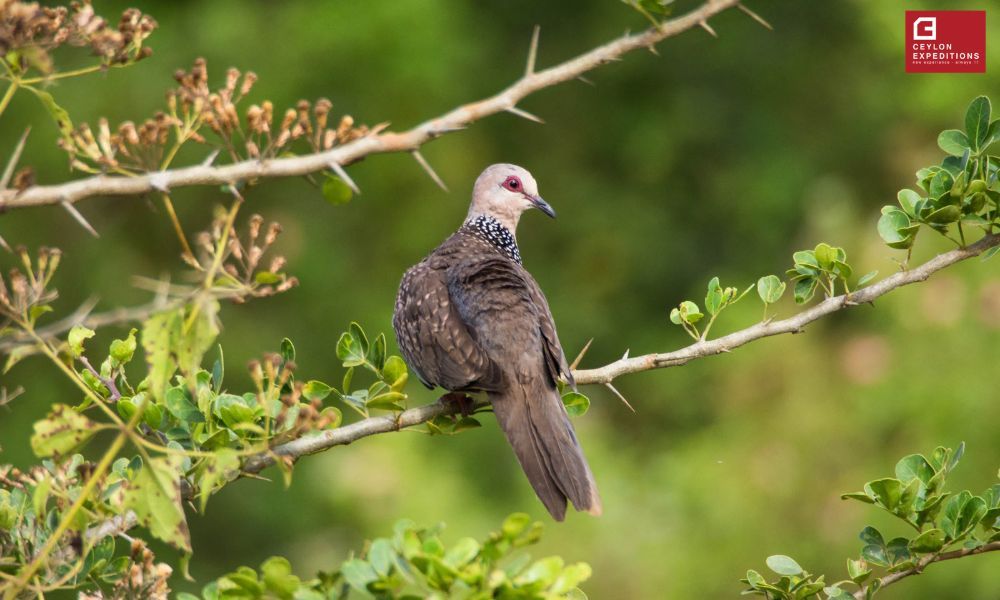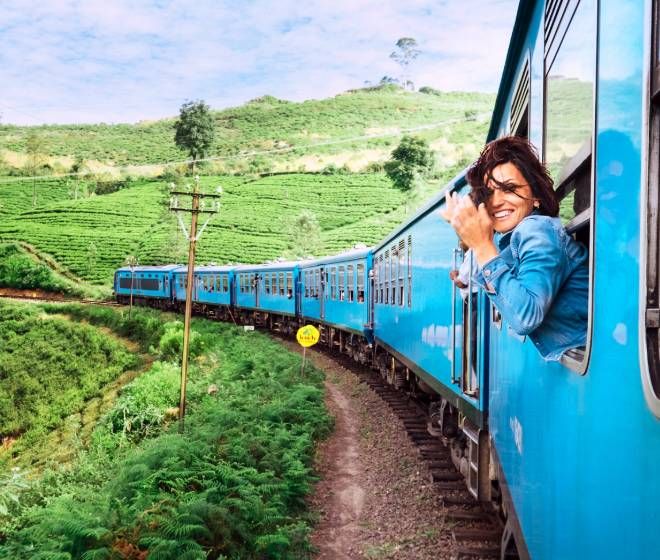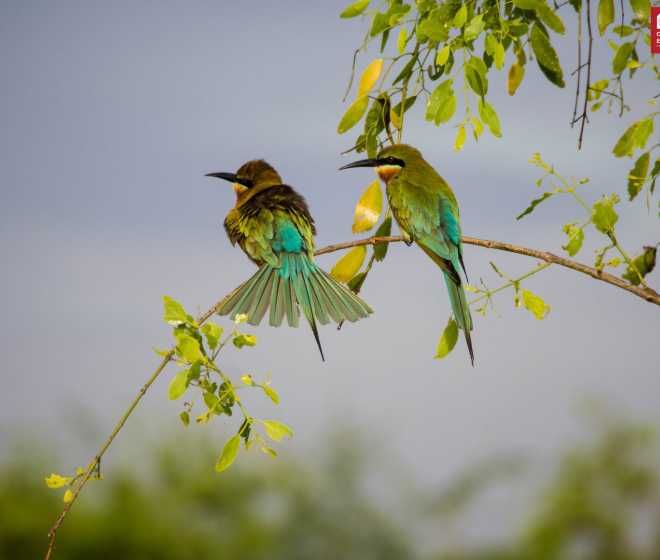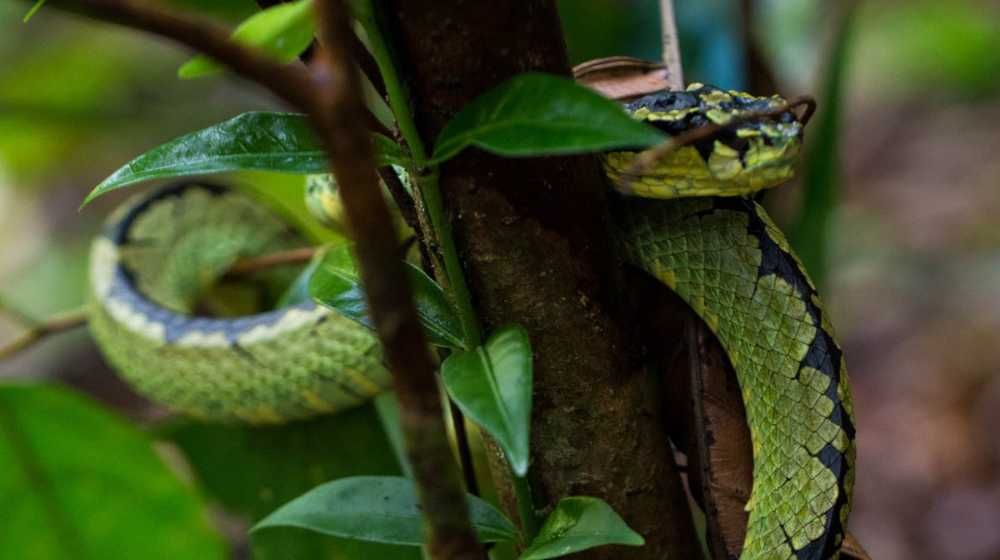
Sinharaja Rain Forest Sri Lanka
Sinharaja is a Rain Forest and a biodiversity hotspot which is located in south west lowland wet zone within Sabaragamu and Southern provinces of Sri Lanka. Sinharaja rain forest is the country’s last viable area of primary tropical rain forest. It covers an area of 11,000 Ha of primary and secondary forests. This narrow strip of rolling site comprises of a series of ridges and valleys. More than 60% of the trees are endemic to Sinharaja Forest and many of them are considered rare. There is much endemic wildlife, especially birds but the reserve is also home to over 50% of Sri Lanka’s endemic species of butterflies & mammals and also many kinds of insects, reptiles and rare amphibians. This is one of the main reasons that UNESCO declared Sinharaja Forest as a UNESCO World Heritage in 1988 under the name of Sinharaja Forest Reserve. In 1936 Sinharaja Forest was first recognized as being the only considerable patch of virgin tropical rain forest in the Island.
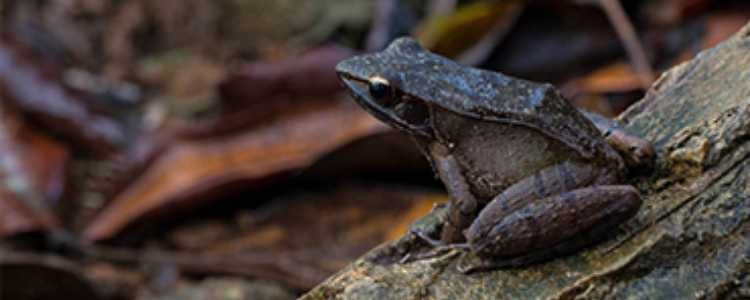
Sinharaja forest was accepted by UNESCO as a biosphere reserve in 1978. Recognizing the need for maximum possible 4 protection the site in near declared as a National Heritage Wilderness Area. Being the habitat for rare and endangered species and an outstanding site for study of the process of biological evolution. Sinharaja Forest is the best place to watch mixed species bird flocks. According to a study carried out on the mixed species bird flocks, 42 individual birds occur in the flocks on average which makes this the world’s largest mixed species bird flock. The mixed species Bird flock study of Sinharaja forest has been continuing since 1981 and is considered as the World’s longest bird flock study.
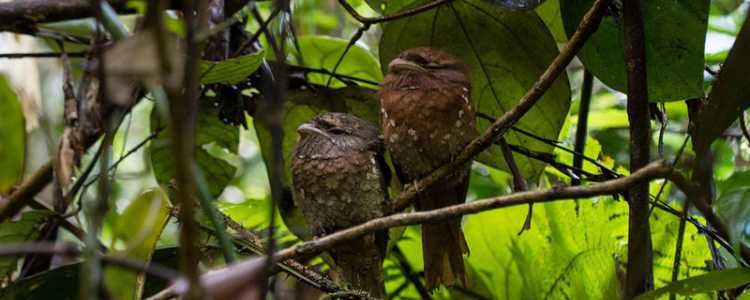
Location of Sinharaja Rain Forest
Sinharaja forest consists of a series of continuous ridges, aligned approximately in an East-West direction and lies between the tributaries of the Kalu Ganga in the North and the Gin Ganga in the South: There are four main routes of access to Sinharaja. The Kalawana-Weddagala road from the northwest, the Rakwana-Morning side estate road from the north-east, the Hiniduma- Neluwa road from the south-west and Deniyaya- Pallegama road from the South-east. Among these roads the kalawana- Weddagala road is shorter and more convenient for visitor travelling from Colombo.
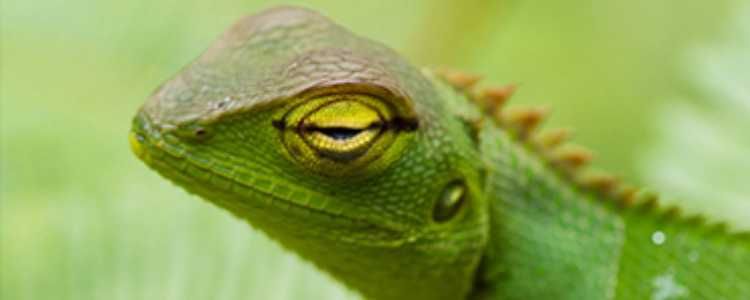
Endemic Species in Sinharaja Forest
Sri Lanka is home to 830 endemic species, of which 217 trees and woody climbers are found in the low land wet zone. Of these, 139 (64%) have been recorded in the reserve including 16 rare species. Faunal endemism is particularly high for birds with 19 (95%) of 20 species recorded in the property being endemic to Sri Lanka. Endemism among mammals and butterflies are also greater than 50%. A number of threatened, endangered and rare species occur within the reserve including leopard, Indian elephant, endemic purple faced langur, Sri Lanka wood pigeon, green billed coucal, Sri Lanka white-headed starling, Sri Lanka blue magpie, ashy-headed babbler and Sri Lanka broad-billed roller.
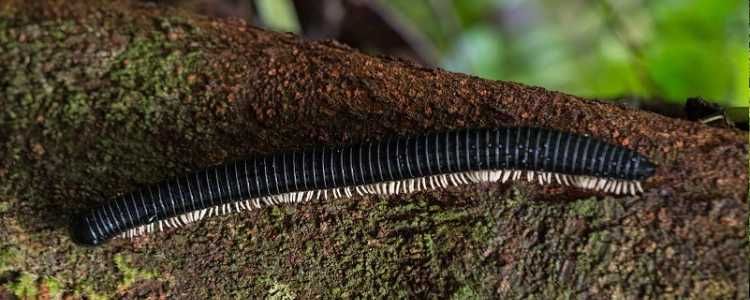
On a birding trip to Sinharaja, birdwatcher can see close to 21 of the 33 endemic bird species although the actual number of endemic birds recorded at Sinharaja is more. The former logging roads provide the best access for prime birding in Sinharaja where a mixed species bird flock and give you with a selection which include Orange- billed Babbler, Crested Drongo, Red faced Malkoha, Ashy headed Laughing Thrush, Green billed Coucal, Lesser Yellow nape, Orange Minivet, Indian Scimitar Babbler, Black napped 5 Monarch, Yellow fronted Barbet, White faced Starling, Sri Lanka Spur fowl, Yellow browed Bulbul, Bronze winged Pigeon, Spot winged Thrush, Sri Lanka Myna, Legge’s Flowerpecker, Brown backed Needle tail, Green Imperial Pigeon, Sri Lanka Blue Magpie, Chestnut backed Owlet, Sri Lanka Frogmouth, Sealy Thrush, Sri Lanka Hanging Parrot, Black- throated Munia, Layard’s Parakeet, Black Eagle, Crested Goshawk, Dark fronted Babbler and Velvut fronted Nuthatch, As the dusk falls you could look for the sub continental endemic Sri Lanka Frogmouth.
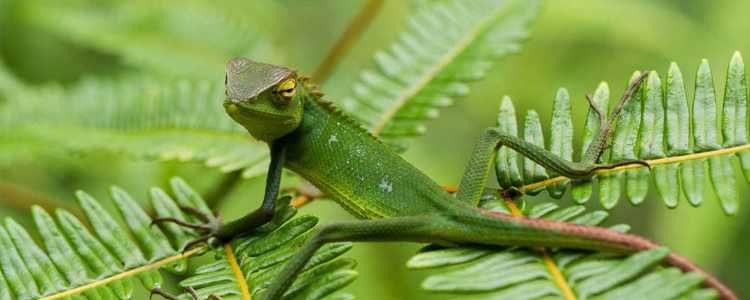
Climate of Sinharaja Rain Forest
The average annual temperature of Sinharaja is approximately 23. 6°C. It annually receives more than 2500mm of rainfall and lies within 38 10-5080mm isohyets. The rainfall is well distributed with peak periods, during the two monsoons, May – July and October – December. There is no dry spell throughout the year.
Topography of Sinharaja Rain Forest
The elevation of the Sinharaja reserve, ranges from 200m to 1300m. It has a rolling terrain consisting of a series of ridges and valleys which assumes an East-West trend in the North-Western part of the reserve. In other parts of the reserve, the ridges and valleys assume a North-West/South- East alignment. The peak of Hinipitigala is the tallest, rising up to about 1150m. Other important ridges in the reserve ranges between 550-800m. in height, namely Moulawella (760m), Kosgulana (797m), Sinhagala (742m), Kohilearambe (575my, Dotalugala (769m), and Tibbottagala (904m).
Geology & Soil of Sinharaja Rain Forest
The Sinharaja Reserve lies within the transition zone of two important groups of rock types, the South/ Western group which consist of metasediments-charnokites and scapolites bearing calc granulites and the highland group comprising khondalites of mcamorphosed sediments and Charnockites. The most significant geological feature of Sinharaja is the presence of a ‘“Sinharaja Basic Zone” which comprises hornblend pyriclasts, basic charnokites pyroxene amphibolites and scapolite.
The soil of Sinharaja largely belongs to the group of Red Yellow Podzolic solis, with clearly distinguishable horizons of varying soil depth. The soil ts well drained with very little accumilation of organic matter.
Plant Life of Sinharaja Rain Forest
The vegetation of Sinharaja may be described either as a Tropical Lowland Rain Forest or Tropical Wet Evergreen Forest. Some striking characteristics of the forest are the loftiness of the dominant trees, the straightness of their bole, the abundance of regeneration and the diversity of species. The average height of the trees varies between 35m- 40m. Some individuals rise even upto 50m. Contrary to popular belicf the under growth is seldom, dense; however dense scrub growth does oceur on rock shelves or gaps on the canopy created by-falling of over-mature trees. The great diversity of species of Sinharaja forest makes it difficult to distinguish ecological patterns. However, some tree associations have been recognized-and these are the Dipterocarpus (Hora, Bu Hora) an association confined to the lower elevations along the Gin Ganga valley and the Mesua-Doona (Shorea) association forms the matrix of the Sinharaja forest. The vegetation of Sinharaja is that of humid wet evergreen forest lype with a high degree of endemism. In fact some familics such as Diptcrocarpaceae show an endemism more than 90%. The untapped genetic potential of Sinharaja flora is enormous, Out of the 211 woody trees and lianas so far identified within the reserve 139 (66%) are endemic. Similarly, high levels of endemism are perhaps true for the lower plants like ferns, epiphyts as well. Out of 25 genera endemic to Sri Lanka 13 are represented in Sinharaja. The total vegetation density, including trees, shrubs, herbs and seedlings has been estimated to be around 240,000 individuals per hectare, of which 95% comprise individuals of the ground layer below 1m in height. The density of trees, lianas above 30cm girth at breast height, ranges between 600-700 individuals/ha. While the number of merchanatable individuals of trees of girth greater than 150cm, range between 45-55 individuals/ha.
Animal Life of of Sinharaja Rain Forest
Preliminary studies on the fauna of Sinharaja have revealed that there is a high degree of endemism among the butterflies, fish, amphibians, reptiles, birds and mammals. In fact 95% of the endemic birds of Sri Lanka are recorded in Sinharaja. Endemism among mammals and butterflies are also greater than 50% Out of the larger mammals, although elephants were said to be ‘common’ in the past, there have not been reports of sightings during the last 15 years. However, there have been reports of sightings of a few animals in the Eastem Scctor. The most common deer species is the ‘Sambhu’. The Mouse deer and Barking deer are also found within the reserve. Leopards are very seldom sighted, but their frequent presence has been confirmed by tracks and other signs. Badger Mongoose and the Golden Palm Civet have been occasionally sighted. The most commonly seen primate is the Purplefaced Leal Monkey. Out of the birds recorded in the Western sector of the reserve, 72% were resident non-endemic and 13% migrants. One of the most interesting and colourful spectacles to be found in the Sinharaja is the presence of mixed species of foraging bird flocks, a phenomenon commonly found in rain forests. A total of 00 such Mocks were systematically observed, and studies have revealed that some [locks contained 48 species including 12 endemic species, There are endemic birds to be seen in Sinharaja are the Red-faced malkoha, the Sri Lanka Blue Magpie, the Ashy-headed Babbler, the White-headed Starling and the Green-billed Coucal the rarest of Sri Lankan birds. The agamids are the best represented group of reptiles, the most common being the Green Garden Lizard. Of special significance are the sightings of Calotes liolipis an arboreal species, the rarest of all agamids found in the island. The only tortoise recorded in the reserve is the Hard- shelled Terrapin, while of the species of skins, the spotted skink can be seen often. Among the snakes the Green Pit Viper and Hump-nosed Viper are commonly found in this forest and are endemic to Sri Lanka.
Urocisa ornata – Sri Lanka Blue magpie
he amphibians fairly well represented in the reserve and ine endemic species have been identified. The endemic orrent toad and the common house road, in most streams nd marshes the Wrinkled frog and the Sri Lankan Reed ‘og is also found in Sinharaja. Ramanella palmata a rare ndemic species is the only microhylid recorded so far while ie yellow-banded Caecilian is the only spodan recorded.
Poeple
Sinharaja is surrounded by 22 villages with population of approximately 5000 people. Only two villages, Varukandeniya and Kolonthotuwa are located within the serve, The long history of human habitation in and around xdays’ reserve, in fact compounds the problem of managing and conserving the forest. Most of the ancient harmless are sund along the southern boundary of the reserve on the ank of Gin Ganga with a few located on the North-Western ide. Numerous ancient footpaths exist on the periphery of 1e reserve while there are three footpaths that run across ye interior of the forest. The family structure is that of an extended family with parents, children and grand parents living together. ‘he house have small floor area, averaging 25sq. meters an reconstructed of wattle and daub. The roof is thatched with 2aves of a forest Lreelet called Beru or with Bamboo Icaves. alely however, coconut leaves for thatching and clay tiles ave begun to gain popularity as roofing materials. The staple food of the villagers is rice, yams such s sweet potato and manioe (Cassawa), breaclfruit and jak fruit, gown in home gardens are often used as substitutes for rice plants commonly found in home gardens are vines of betel (Piper betel) black peppers and passion fruit. Fruit trees such as papaya and banana are also grown. For most of their other needs the villagers depend on plants often found in the forest. The sap needed for the manufacture of jaggery is obtained tapping the, inflorence of the Kitul palin (Caryota urens).
Another source of income the manufacture of baskets and mats from rattan or wewal. The villagers also exploit other plant products such as wild gardamon ; resinuous exudates used as fumigating agents from Nawada (Shorea stipularis) and other shorea species. The exudate from Kekuna (Canariunt zevlanicum) is used as a caulk for damaged boats and as a glue for domestic purposes. Numerous plants used in the native ‘ayurvedic’ system of medicine are also collected and sold by the villagers, of particular significance being the stem of Weniwel (Coscinium fenestratum) used by most Sri Lankan as an antidote for tetanus. Boraliy: 1 -(Shorea megistophylla) provides a fruit which is often used as a bstitute for flour. Although recent studies indicate that villagers do not depend in Sinharaja 3 as a primary source of income, the fact remains that, to the villager the forest is an easily accessible store house of wealth awaiting exploitation. Most of the people living in the region are poor and often have large families. Their level of education is low. In addition, employment opportunities like industrial enterprises in the region are very limited. It is therefore not surprising that belongs to them and as a place which could give some sort of livelihood.
Maha Hedaya – A medicinal Plant
The outstanding feature of Sinharaja stated above shows that conservation of its biological diversity and genepool is of Vital necessity. Another aspect closely linked with conservation of Sinharaja is the importance of this area as an invaluable watershed. Conservation of Sinharaja would not only ensure the maintenance of water resources and reduce the intensity of floods which is a constant threat in this part of the island, characterized by heavy rainfall. The Forest Department of Sri Lanka is directly responsible for the management of the Sinharaja Forest Reserve, it is managed primarily as a unique genepool and as a watershed, hence totally protected. It is desirable that you, who visit the forest, be sensitive to the need to conserve forests such as Sinharaja. Contrary to the chaos and congestion prevailing in urban areas, it is in forests that the quality of life is best expressed. In addition man finds peace and tranquility in forest. Allow yourself sufficient time to roam about within this nature’s green cathedral and enjoy its beauty and majesty whether you be a photographer, artist, Scientist or a nature lover.
The Senkanda Cave
A hermit by the name Senkanda lived in this rock cave. One day a person came into this forest to extract rattan and got himself lost in the forest. The hermit met this poor villager and allowed him to spend the night in his vace. The man observed lot of wonderful things happening in the forest. The villager obtained of more information about the forest from the hermit and reported those to Kind Wickramabahu whose kingdom was then based at Gampola. Subsequently his kingdom was attached by an enemy and the king fled and hid in that rock cave. Afterwards the king build his kingdom in this forest.
Kodimale
This is the highest peak among other small peaks that are situated within the forest. There is a belief that the National flag and the religious flags have been hoisted on this peak during ancient time. Height of this peak is about ] 800 feet from the mean sea level.
Pus Wela
There is a 200 to 300 years old giant endemic liana called “Pus wela” (Entada pusaetha) near Kodimale. It is an ornamental liana, which enhances the natural beauty and the value of the forest. Giant Pus Wela (Entada pusaetha).
Lover’s walk
This is the narrow lane running around the royal pond through the high rising and shady trees. It is very famous among the youths who visit this forest to enjoy it’s tranquilizing natureal beauty. Shady and cooling atmosphere beside the pond and beneath the thick canopy of trees is a wonderful creation of the nature.
The pond
The Queen and the other members of the royal family used this pond for water sports during King’s period. People believe that, a golden pot, which is filled with the valuables of King Keerthi Sri, was hidden at the bottom of this pond. They also believe that once a year it comes up to the surface of the pond and then disappears According to folk stories, the people who had attempted on several occasions to take that pot had been drowned. Many believe that there is a tunnel from the middle of the Kandy Lake to this pond.
The Marble Seat
There was a flat marble rock inside the forest. This was used as resting place by the royal family who- visil the forest to enjoy its natural beauty. Recently it has been removed from there and has been kept inside the Sri Dalada Sylvan as an alter for offering flowers.
Things to do in Sinharaja
- Sinharaja Rain Forest – World Heritage
- Maduwanwela Walawwa – Historical place
- Neluwa Duwili Ella Falls – Waterfall
- Sathmala Ella – Waterfall

